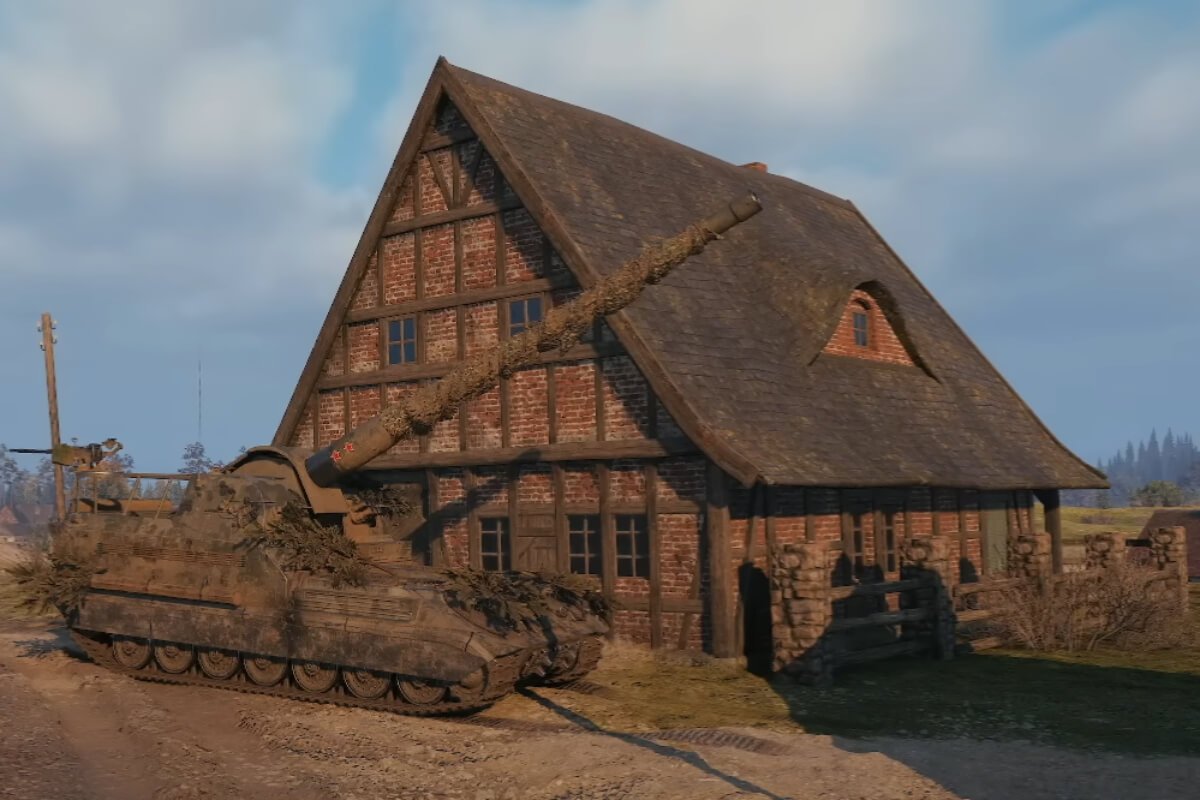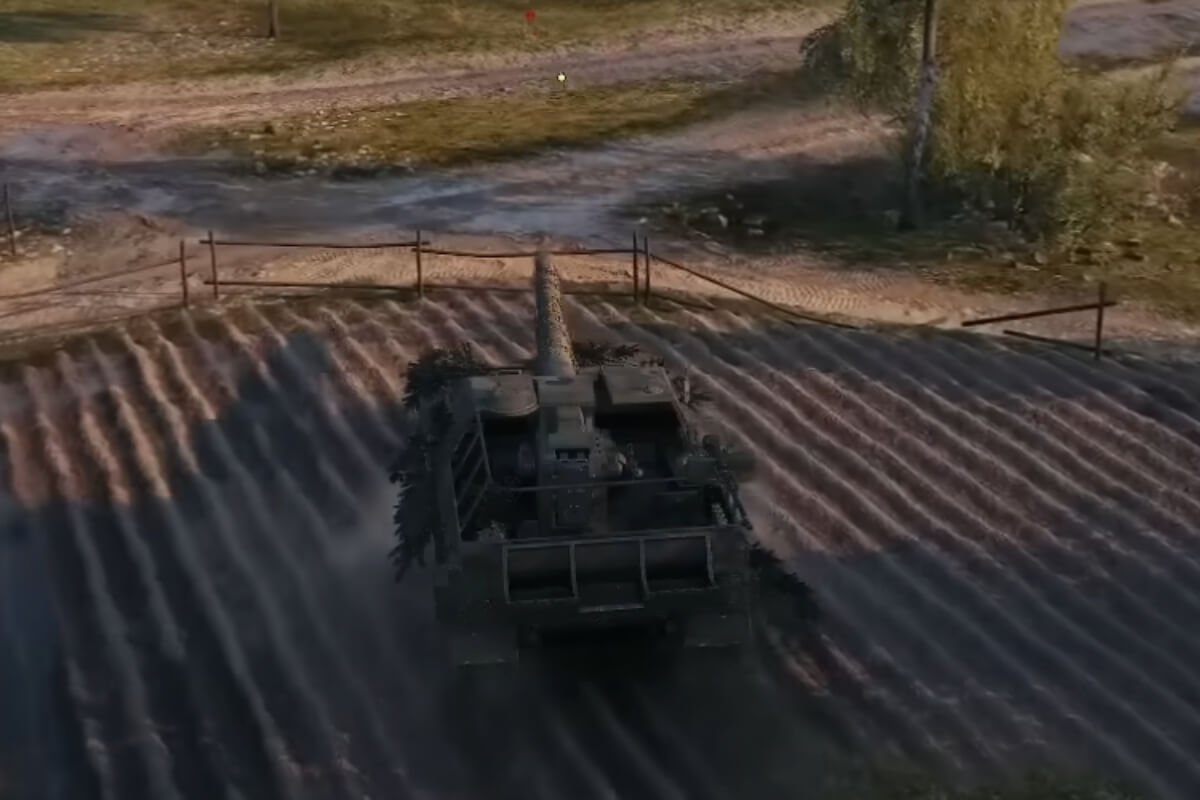In World of Tanks, no vehicle class sparks more ongoing debate than self-propelled guns (SPGs), commonly referred to as artillery. To some, they’re vital long-range fire support. To others, they’re a frustrating force that ruins engagements from a distance. Regardless of where you stand, one thing’s clear: SPGs are deeply embedded in WoT’s identity, and Wargaming continues to tweak them with care.
Since their controversial beginnings, artillery mechanics have gone through several reworks. From stun effects to shell type overhauls and team limits, Wargaming has gradually molded SPGs into a more tactical, less oppressive element. As of Update 1.29, artillery has found a more refined role—but not without sparking continued debate among the playerbase.
TL;DR
- Three-shell system: HE-Stun, HE-Burst, and AP/HEAT offer situational flexibility.
- Stun mechanics reduced lethal strikes, but remain polarizing.
- Hard cap of 3 artillery per side; SPG platoons still restricted.
- Low pick rate (~6%) yet steady performance via assist XP.
- Wargaming is focused on improving counter-play without major nerfs.

How SPGs Function in 2025
In the current meta, SPGs operate with deliberate precision rather than chaotic RNG. Their unique aiming mechanics include satellite and trajectory views, letting players arc shots over cover to strike concealed opponents. This makes them ideal for applying pressure to entrenched heavies and static tank destroyers.
Artillery now comes with a tri-shell loadout: a stun-heavy HE with wide splash, a high-damage HE variant without stun, and AP/HEAT for pinpoint shots. This arsenal allows players to choose between crowd control, burst damage, or armor-piercing accuracy. The stun effect, which slows enemy reload, mobility, and traverse, remains central to artillery’s support role—though it’s balanced by counters like Spall Liners and consumables. Current matchmaking rules limit SPGs to three per team, and platooning is still disabled to avoid saturation. Meanwhile, mechanics like tracer trails, minimap impact pings, and crew skills such as Sound Detection allow opponents to anticipate or retaliate effectively.
The Evolution of Artillery in WoT
Patch 8.6 – Restructuring the Tree (2013)
This pivotal patch pushed SPGs from Tier VIII to Tier X and introduced new artillery units. In exchange, accuracy and fire rate were nerfed to offset the elevation in power. This adjustment repositioned artillery as a late-game class requiring more grind and game sense, reducing their former dominance at lower tiers.
Patch 9.18 – The Stun Revolution (2017)
Wargaming removed high-penetration AP/HEAT rounds from most SPGs and introduced the stun mechanic. The goal was to shift artillery from an execution role to one of support, minimizing instant-deletion frustration. Hard team limits and a ban on SPG-only platoons accompanied the rework, dramatically changing the battlefield dynamic. While some welcomed the change, others viewed long stuns as equally disruptive.
Patch 1.13 – Shell Variety and UI Updates (2021)
This update rolled out the three-shell system and improved artillery’s interface. Players gained access to shot timers, splash indicators, and trajectory toggles. On the receiving end, tanks gained better warning tools and counter-battery options. This solidified SPGs as nuanced, multi-role vehicles rather than RNG cannons.
Updates 1.28–1.29 – Refinement Over Reinvention (2024–2025)
Recent updates haven’t changed core artillery mechanics. Instead, they improved maps and visibility, indirectly affecting SPG viability. Cosmetic 3D styles for vehicles like the FV3805 were added, but no performance buffs or nerfs. Wargaming appears satisfied with the current artillery framework and is now focusing on quality-of-life improvements and broader meta balance.
Artillery in the Live Meta
Current EU server stats show that SPGs comprise roughly 6% of vehicle selections—making them the least-used class. Despite this, their win rate is consistent with mediums at around 49%. Their average tier X damage output (~950 per match) may be the lowest, but they dominate in assist XP, thanks to consistent stun support.
This reliance on assist mechanics allows skilled SPG players to maintain high WN8 ratings. Instead of raw firepower, they leverage stun duration and splash to accumulate support points—often outperforming in team value despite fewer kills. The result is a low-impact visual footprint but high tactical significance in coordinated play.
Where SPGs Excel
Campaign Missions
Artillery excels in missions requiring stun time or assist-based goals. Many Union, Bloc, and Coalition tasks (e.g., “stun for 180 seconds”) are tailor-made for SPGs. This makes artillery an essential tool for unlocking top-tier campaign tanks like the Object 279(e).
Clan Wars
Elite clans use SPGs on specific maps—typically large, open fields like Prokhorovka. Their splash damage helps suppress enemy formations and disrupt pushes. In tight city maps, however, artillery is often benched due to its risk of friendly fire and lack of maneuverability.
Competitive Modes
SPGs are disabled in modes like Onslaught and Steel Hunter, where smaller team sizes would amplify their influence. Wargaming’s decision to exclude artillery from these formats reinforces their belief that indirect fire should remain a Random Battles feature.
Countering SPGs Effectively
Positioning is everything. Use buildings or high terrain to block splash. Even minor elevation changes can cut damage substantially. Staying mobile with irregular movement patterns makes targeting difficult for SPG players, who rely on predicting enemy routes.
Equipping your tank with a Spall Liner and Large First-Aid Kit can significantly reduce stun duration and give you a one-time cleanse. Sound Detection gives a valuable 1-second warning of incoming fire, which is often enough time to dodge. If you’re in an SPG yourself, use visible tracers to identify and preemptively strike enemy artillery locations, a tactic that’s especially useful in clan battles or platoon play.
Is Artillery Truly Balanced?
Statistically, yes—SPGs don’t dominate. They’re limited in number, rarely overperform in raw damage, and require skill to influence the match. However, emotionally, they’re divisive. Many players still feel helpless when stunned or splashed with no line of sight, which creates a disconnect between the data and the user experience.
Artillery forces passive teams to move and breaks up entrenched stalemates. But they can also stall early aggression when players wait for arty to fire. While their assist-based economy is steady, they’re not ideal for farming credits. For slower reflex players, artillery offers a rewarding niche, though others see them as an unfair crutch. Ultimately, they’re balanced mechanically but controversial psychologically.
What’s Ahead for SPGs?
According to Wargaming’s 2025 roadmap and developer comments, the next phase of artillery changes will focus on interactivity. Upcoming tools may include deployable radar, short-term smoke screens, or advanced minimap cues to help tankers evade or engage SPGs more dynamically. These features are already being tested internally, according to community insiders.
The approach is clear: refine—not remove. Rather than delete artillery or overhaul damage, Wargaming wants to enhance transparency and counter-options. It’s a balanced philosophy aimed at reducing frustration while keeping SPGs viable. Don’t expect radical changes—just smarter systems and clearer interactions over time.
Conclusion
In 2025, artillery in World of Tanks has evolved into a support-focused role grounded in tactical decision-making and map knowledge. With capped participation, situational shell selection, and improved countermeasures, SPGs are no longer the RNG menace of old. Instead, they fill a specialized role for players who prefer methodical, indirect influence over front-line brawling.
That said, emotional reactions to artillery won’t disappear overnight. While SPGs may be statistically fair, the perception of unfairness lingers—particularly when a well-played match ends in a splash and a stun. Still, Wargaming seems committed to improving artillery’s reputation without removing its purpose.
So whether you play with or against them, understanding artillery mechanics is essential to your survival. Adapt your tactics, counter their fire, and if needed—return it with interest.



